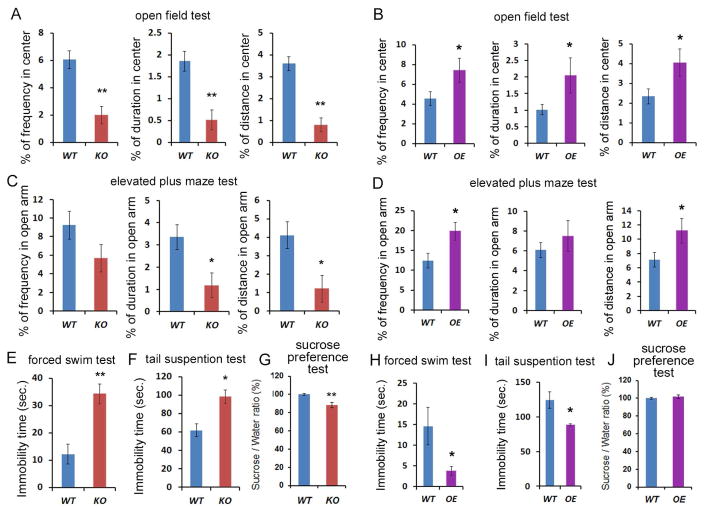Figure 3. Deletion or overexpression of the miR-17-92 cluster in adult neural progenitors results in altered anxiety- and depression-like behaviors.
(A) miR-17-92 knockout (KO) mice displayed less frequency, duration, and distance moved in the center in the open field, compared to wild type (WT) mice.
(B) miR-17-92 overexpressing (OE) mice showed significantly anxiolytic behavior in the open field test.
(C) miR-17-92 KO mice showed less duration and distance traveled in open arms in the elevated plus maze test.
(D) miR-17-92 OE mice showed significantly increased frequency and total distance moved in open arms in the elevated plus maze test.
(E) miR-17-92 KO mice showed significantly elevated immobility time in the forced swim test, compared to WT mice. Results are shown as the mean of immobility duration (seconds).
(F) miR-17-92 KO mice showed increased immobility in the tail suspension test. Results are shown as the mean of immobility duration (seconds).
(G) miR-17-92 KO mice showed significantly reduced sucrose consumption in the sucrose preference test, compared to WT mice. Results are shown as the percentage of sucrose consumption ratio (% of WT).
(H) miR-17-92 OE mice had significantly reduced immobility time compared to WT mice in the forced swim test.
(I) miR-17-92 OE mice showed reduced immobility in the tail suspension test.
(J) miR-17-92 OE mice showed no difference in the sucrose preference test.
Values plotted are means ± s.e.m, n=13-18 mice per group. *: p< 0.05 and **: p< 0.01. A two-tailed, unpaired Student’s t-test was used for comparisons. See also Figure S3.

